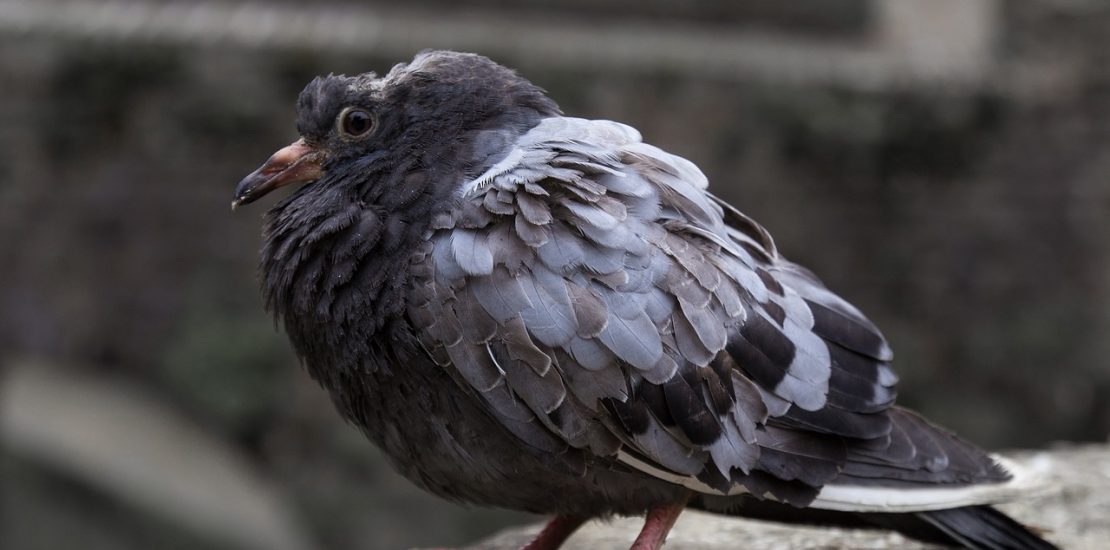Identifying a Sick Bird
- June 5, 2019
- Posted by: Dr. Diaz
- Category: Birds

Identifying a Sick Bird
As an exotic animal veterinary hospital, we’re often asked to help sick birds. In many cases, by the time the bird gets to us, the illness is quite advanced. That’s not the owner’s fault – birds don’t usually show signs of disease until they’re quite sick.
It’s an evolutionary imperative. In the wild, predators will look for sick, weaker animals. As a result, birds will often hide the signs of illness.
That’s why we’ve put together a list of symptoms that could indicate that your bird is sick. If you see these signs, please get them to the vet as soon as possible.
In the following cases, you need to get your bird help immediately:
- Severe weakness
- Difficulty breathing
- Injuries
- Bleeding
- Seizures
- Collapses
Let’s look at some other indicators.
Changes in the Bird’s Appearance
If your bird displays the following signs, it might be ill:
- It’s all huddled up
- It’s taken to sitting on the lowest perches or the cage bottom
- It tucks its head under its wing
- Constantly puffed out feathers
- Hanging on to the bars of the cage using its beak
- Balance issues
- Swelling on the body
- Trembling
- Being picked on by your other birds
- Eyes have lost their sparkle or are a strange color
- A change in the droppings
Behavioral Changes to Look Out For
- Changes in singing or talking
- Walking around and around in a circle over and over again
- Wings that are either drooping or raised most of the time
- Plucking at the feathers
- No interest in preening
- Inactivity
- Sleeping too much
- Not responsive
- A changed personality
- Showing signs of juvenile behavior—such as begging or not listening when you talk
- An alteration in the consistency of droppings
- Blood in the feces
- Less defecation overall
- Food chunks passing through without being digested
Check the Bird’s Head
Keep an eye on your bird’s head for the following:
- Discharge from the nares or eyes
- Eyes half-closed
- A beak that looks flaky
- A beak that is overgrown
- A swollen eye or eyes
- A change in the feathering around the eyes
- Discoloration of the area around the eyes or of the beak
- Twitching of the head
Check the Bird’s Feathers
- Ruffled feathers all the time
- Broken or misshaped feathers
- Loss of feathers
- Feathers have lost their gleam
- Matted or stained feathers
- Molting that seems to go on forever
- Balding
- Plucked feathers
- Color changes
Check the Bird’s Legs
- Favoring one leg over the other
- Not being able to walk
- Feet discoloring or appearing to be flaky
- Bird shifts feet often
- Nail growth is unusual
- Swollen joints or feet
Check Your Bird’s Breathing
- Problems breathing
- Breathing with the beak open
- Bobbing the tail when inhaling
- Sneezing
- Clicking or wheezing noises
- Bird unable to play or exercise as normal
- Altered sound of the bird’s voice
Other Symptoms to Look Out For
- Big changes in appetite
- No interest in food or water
- Vomiting
- Difficulty defecating
- Weight loss
- Diarrhea
- A swollen crop area
- A clear breastbone
- Any unusual discharge
- A problem with grabbing or holding food
- Bite marks
- Burns
- Bleeding
Final Notes
You probably know your feathered friend rather well. If they’re acting out of sorts, it could be that they’re not well. If you’re concerned, take them to the vet as soon as possible.
